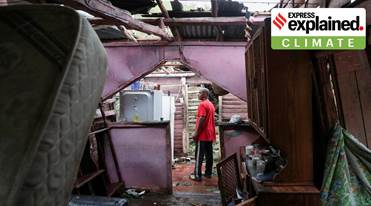Free Courses Sale ends Soon, Get It Now


Free Courses Sale ends Soon, Get It Now



Copyright infringement not intended
Context: After a quiet start to the season, Hurricane Fiona slammed into Puerto Rico and then battered the Dominican Republic, leaving more than 1 million people without running water or power.
Is climate change affecting hurricanes?
How do hurricanes form?
© 2024 iasgyan. All right reserved